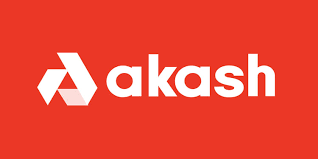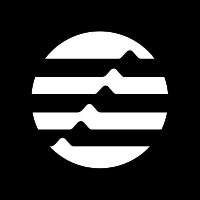About this Report This study is a detailed analysis and review of Akash Network. This study does not endorse or criticize the project but summarises the key points impacting Akash Network’s long-term success. All the information is from the listed sources and true at the time of writing; however, these may be subject to change....
Categories




Recent Comments